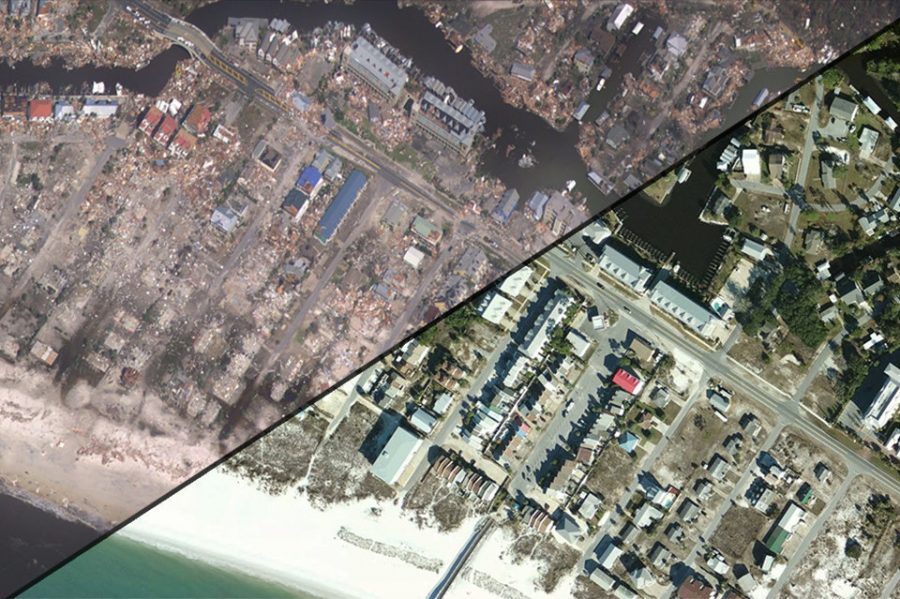Hurricane Michael
October 16, 2018
In the afternoon of October 10, Hurricane Michael made landfall on the Florida panhandle. With a category 4 rating and over 155 mph winds, Michael is the strongest storm since 1969 to hit the U.S.A.
Hurricane Michael continued its devastation through Georgia, the Carolinas, and Virginia before swelling into the Atlantic ocean.
Hurricane Michael’s devastation power led to over 1.6 million power outages due to heavy rainfall and huge wind gusts. The heavy winds toppled trees that were heavily saturated due to the rainfall. As well, the winds even created some isolated tornadoes in southern Atlanta. The wind would pick up debris and destroy everything in its path.
Michael created the largest storm surge ever recorded for the panhandle at 7.72 feet above sea level. That’s 1.29 feet higher than the previous record set by Hurricane Dennis in 2005, according to The Weather Channel. For coastal cities, this was catastrophic. Areas such as Panama City and Mexico Beach were basically flattened by Michael.
For those that decided to stay during Michael, some were not fortunate. Through the affected areas, 18 people have died including an 11-year-old girl who was crushed by a carport as and that number is expected to rise. As for the survivors, they have no access to food, water, and utilities, but efforts by the National Guard, the military, and some charities are sending food and necessities.
Many schools have been deemed unsafe or destroyed. For many seniors, college applications are reaching a deadline for some application periods which could spell trouble. Many might not have access to the internet to send their applications in. As for regular schooling, many are unusable. “It’s not going to be a normal school year. There’s nothing normal about where we are right now,” says Bay District schools superintendent Bill Husfelt. (CNN) It is unclear how schooling is going to be attained by many children affected by the storm.



